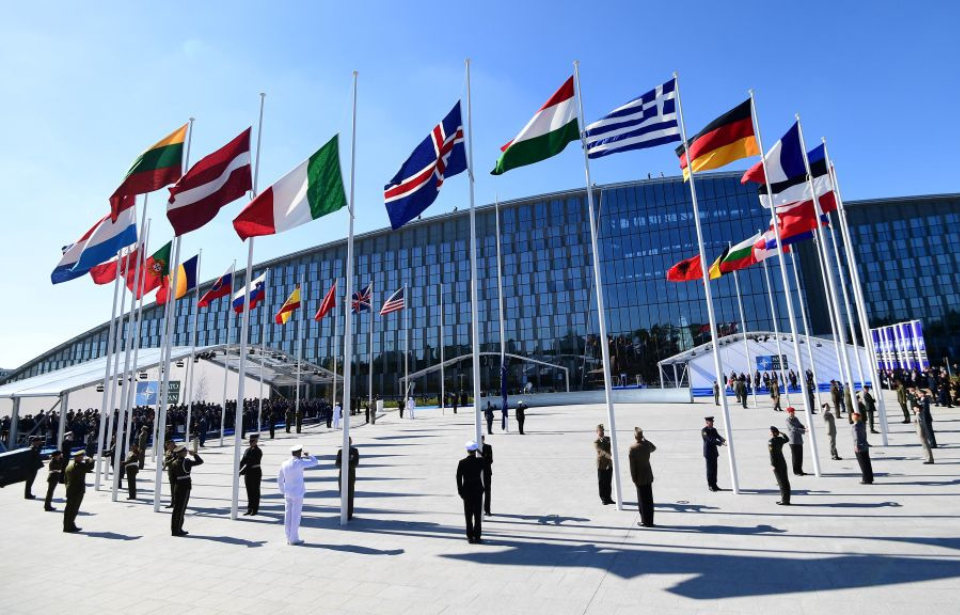If a NATO country is attacked, all others within the organization respond, and it’s for this reason that nations wish to join. Dating back to the conclusion of the Second World War, the North Atlantic Treaty Organization, as it’s formally known, is celebrating its 75th anniversary in 2024. The following are some facts about NATO and its influence on global conflict.
Coming about soon after the conclusion of World War II
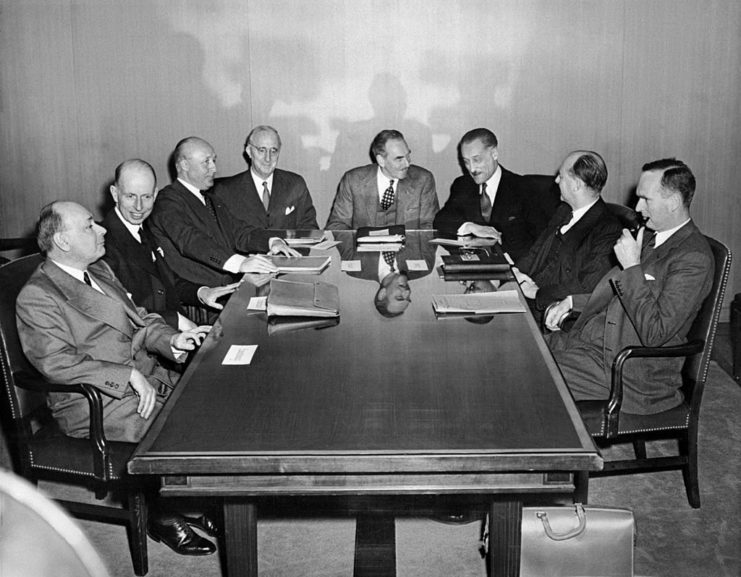
Following the devastation that came to define the Second World War, global superpowers were focused on ensuring nothing like the conflict would ever occur again. While NATO wasn’t made until 1949, there were prior attempts at similar military alliances – specifically, the 1947 Treaty of Dunkirk and the 1948 Treaty of Brussels.
On April 4, 1949, the North Atlantic Treaty was signed in Washington, DC. The countries involved were: Canada, Norway, the United States, Belgium, France, the United Kingdom, Portugal, Denmark, Iceland, the Netherlands, Luxembourg and Italy.
Membership has swelled over the years
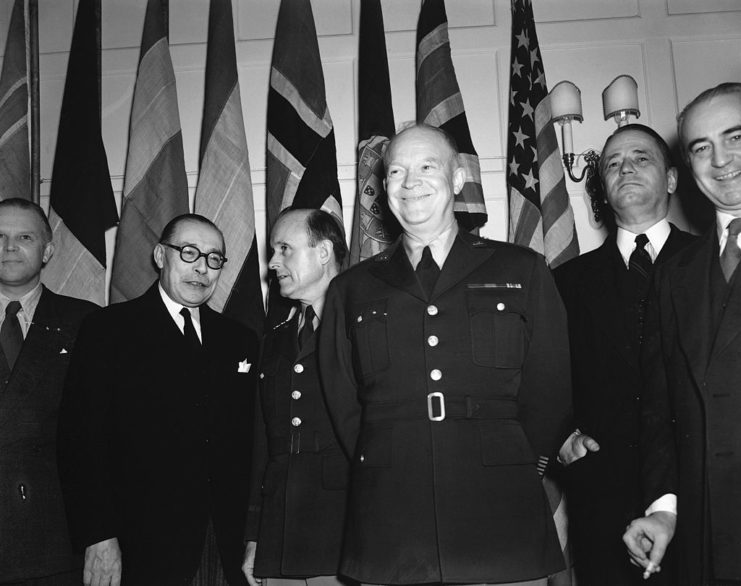
Anyone with knowledge of NATO knows the organization has grown significantly since 1949. While initially starting with just 12 countries, it’s since expanded to include 32, with the latest to join being Sweden, which joined on March 7, 2024.
The other countries and their enlistment years are:
- 1952 – Greece, Turkey
- 1955 – Germany
- 1982 – Spain
- 1999 – Czechia, Hungary, Poland
- 2004 – Bulgaria, Estonia, Latvia, Lithuania, Romania, Slovakia
- 2009 – Albania, Croatia
- 2017 – Montenegro
- 2020 – North Macedonia
- 2023 – Finland
One of NATO’s main roles in the 21st century is combating terrorism
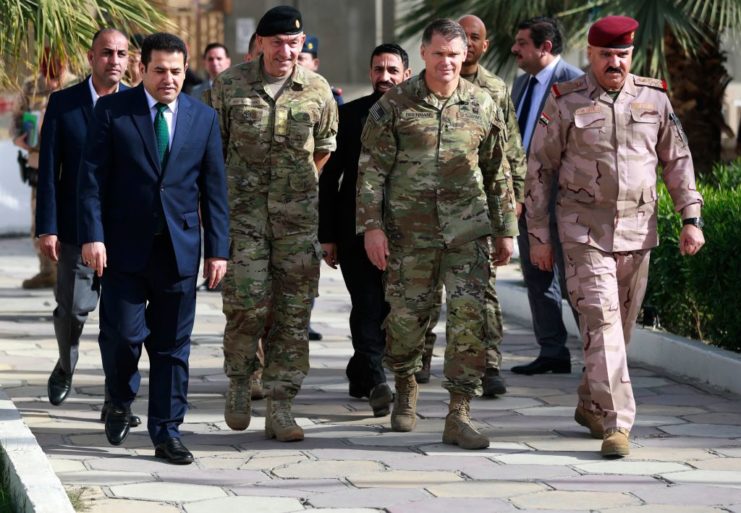
The increase in the threat posed by terrorism has led NATO countries to come together to pool information and resources as a form of defense against insurgents and fighters.
As the organization explained in December 2023:
“Terrorism is the most direct asymmetric threat to the security of the citizens of NATO countries, and to international stability and prosperity. A persistent global issue that knows no border, nationality or religion, terrorism is a challenge that the international community must tackle together. NATO will continue to fight this threat with determination and in full solidarity.
“NATO’s work on counter-terrorism focuses on improving awareness of the threat, developing capabilities to prepare and respond, and enhancing engagement with partner countries and other international actors.”
How does a NATO nation not have an army?
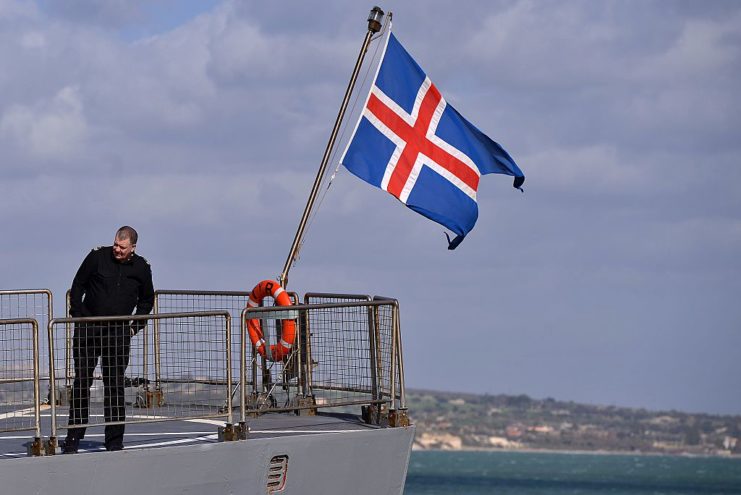
NATO’s member countries come in all shapes and sizes. While there are the obvious superpowers, such as the United States and the United Kingdom, there are several smaller ones, including Estonia, Montenegro and Latvia.
Iceland also counts as one of these smaller nations, given it’s the sixth-least populated in Europe. What’s interesting about the country is that it doesn’t actually have a military. As Iceland’s government explains, it “has emphasised a comprehensive and multilateral approach in security affairs and is a member of key organisations, such as the United Nations, NATO and the OSCE.”
While without a military, Iceland does have a fully-trained Coast Guard, which is tasked with conducting search and rescue operations, national defense, surveillance and maritime safety.
Most member countries don’t fulfill their monetary obligations
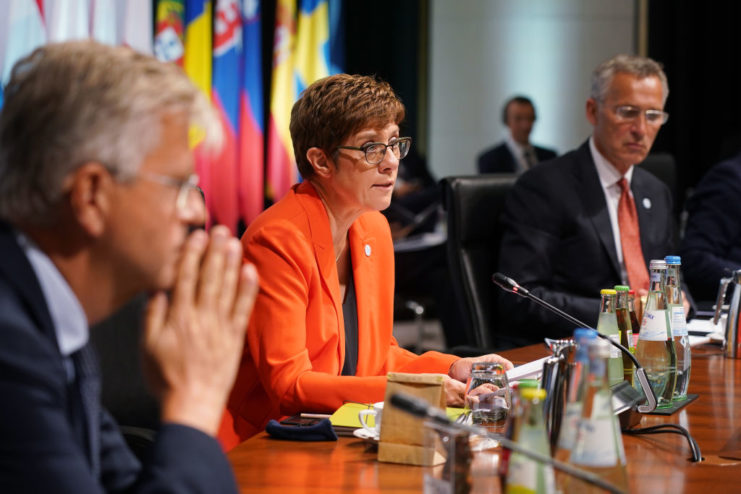
As part of their obligation to NATO, a portion of member countries are supposed to spend two percent of their GDP on defense. As of 2024, that number is 18 – but that doesn’t mean they hit that target.
While the organization hasn’t said which nations haven’t hit the total, it did announce that Germany has done so.
NATO owns very little equipment
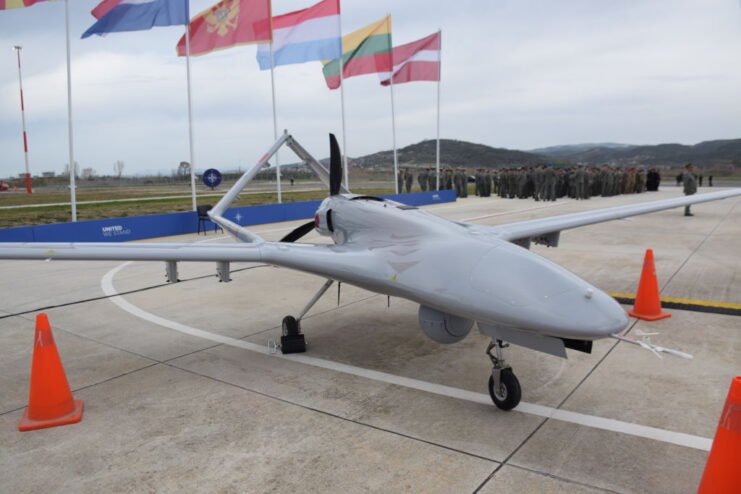
When troops or equipment are needed for an operation, NATO relies on member countries to provide the troops and equipment.
That being said, the organization does operate a combination of Airborne Warning and Control (AWACS) surveillance aircraft and ground surveillance drones – in particular, the Northrop Grumman RQ-4D Phoenix, a variant of the RQ-4 Global Hawk.
All European countries are eligible for membership
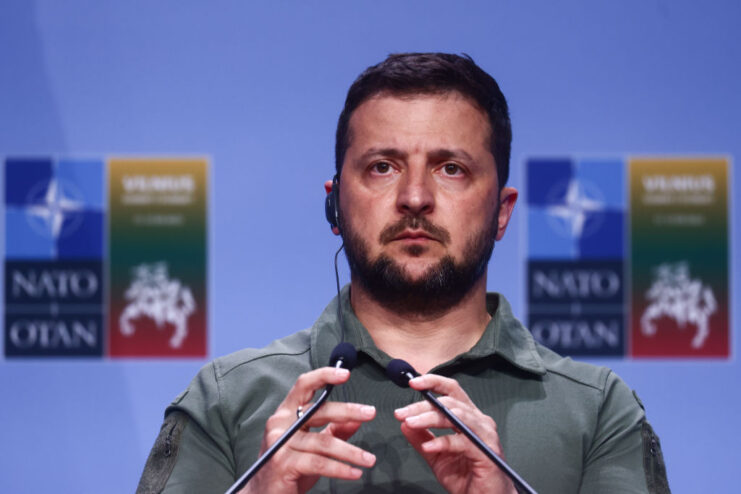
Entry to the NATO is open to all European countries via an “open door” policy, with the only caveat being that all who join must 1) agree to defend all regions under the organization and 2) follow any additional regulations set out by the Washington Treaty.
As aforementioned, the latest nation to join NATO was Sweden in March 2024, with three still vying for membership: Ukraine, Bosnia and Herzegovina, and Georgia.
NATO operates two strategic commands
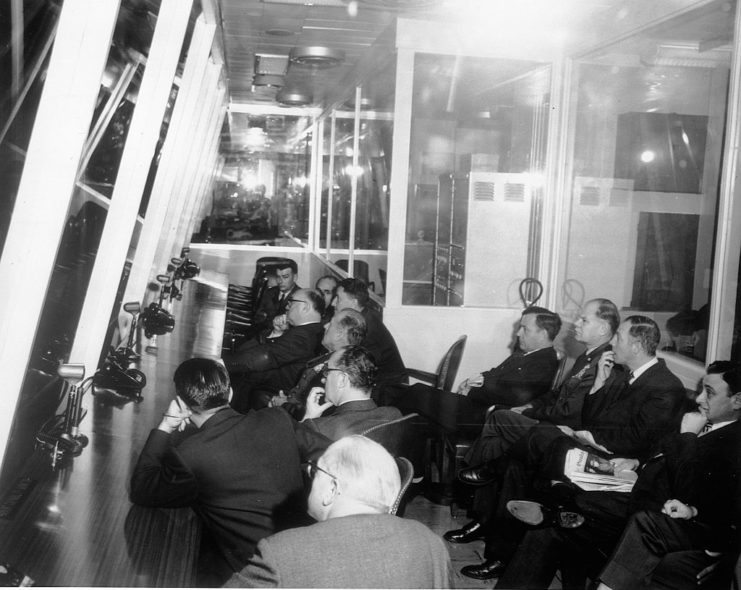
There are so many countries and troops associated with NATO that it can be difficult to keep everything in order. As such, the organization puts an emphasis on the chain of command.
More from us: Able Archer 83: The NATO Exercise That Nearly Sparked Nuclear War
NATO operates two top-level strategic command centers: the Allied Command Operations in Mons, Belgium and the Allied Command Transformation, located at Naval Support Activity Hampton Roads in Norfolk, Virginia.
